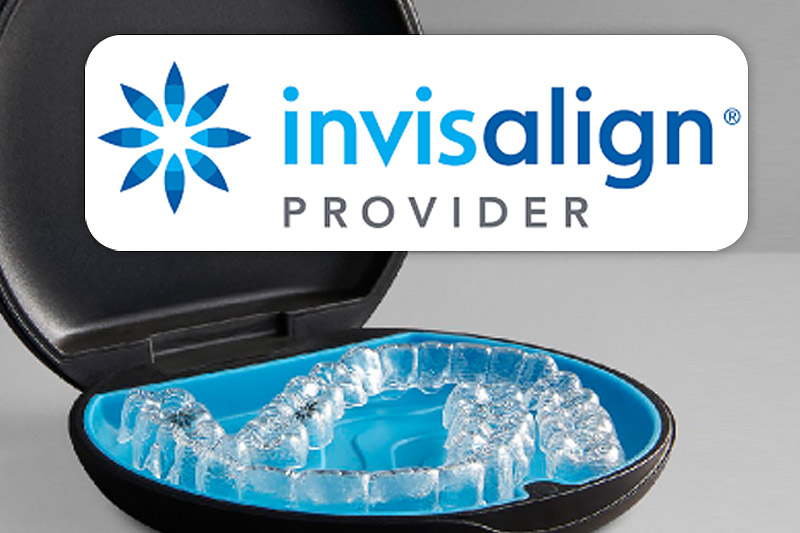
3 Questions to Ask Yourself Before Getting Dental Bridges in Watertown MN
Dental bridges are a common restorative dental treatment used to replace one or more missing teeth. The bridgework, comprising a false tooth (pontic) attached to two crowns on either side (abutment), fills the space left behind by missing teeth.
Here are some other facts about dental bridgework:
1. Why Should I Fill Spaces Between My Teeth?
Gaps between your teeth not only affect the beauty of your smile but also interrupt your speech and ability to chew your food. If left unfilled, the teeth adjacent to the gap can begin to shift out of position, creating smaller gaps between your teeth that are hard to keep clean. This can lead to bacteria buildup that makes you susceptible to gum disease, decay, bad breath, and other oral issues. Moreover, the moving teeth can affect your bite, causing malocclusion and jaw problems.
2. How do Dental Bridges Work?
Dental bridgework provides one of several treatments available to replace one or more missing teeth. A dental bridge refers to a fabricated, replacement tooth that is connected to two crowns on either side and used to fill the gap left by a missing tooth. The crowns supporting the false tooth (pontic) are attached to the adjacent teeth on each side of the gap, forming a bridge. The dental bridge is held in place by the adjacent healthy teeth via the abutments, helping to restore the function and aesthetic of your smile. The bridge may also be anchored to teeth on only one side of the gap, forming a cantilever bridge. If the gap is too big, dental implants may be added to support the bridgework, especially when replacing multiple teeth in a row.
3. How is the Procedure for Dental Bridges Done?
Getting a dental bridge typically requires two or more dental appointments. The first appointment involves examining your mouth to determine your suitability for the procedure. Afterward, the dentist prepares the abutment teeth by removing some of the tooth enamel to create room to place the crown over them without changing the shape or size of the tooth. The dentist then takes an impression of the teeth and uses it to create a model to fabricate your permanent bridge in a dental lab. This process takes several days, so a temporary bridge will be placed over the prepared teeth to protect them in the meantime. The permanent bridge is placed on the second appointment.
Final Note
Your bridgework should last many years depending on your oral hygiene routine and mouth-related habits. Please discuss with your dentist in Watertown about ways to maximize the longevity of your dental bridges.



